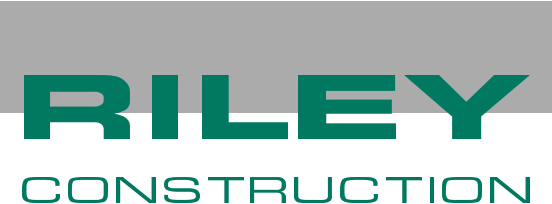The primary challenge faced when building and renovating healthcare facilities is ensuring that construction work is as concealed as possible, as the staff must continue to provide quality patient care. That’s why it’s crucial to have the right field leaders on the job, especially those who effectively work with the healthcare stakeholders to keep teams informed of ongoing activities, timelines, and contingency plans. Our field leaders work diligently with healthcare facilities’ staff, subcontractors, and crew members to make sure all priorities are aligned.
Here are three ways in which Riley’s field leaders help ensure a project’s success by managing without disruption.
Holistic planning identifies and mitigates potential issues
A single healthcare construction project often involves hundreds of participants, ranging from designers, contractors, subcontractors, building materials suppliers, and other vendors.
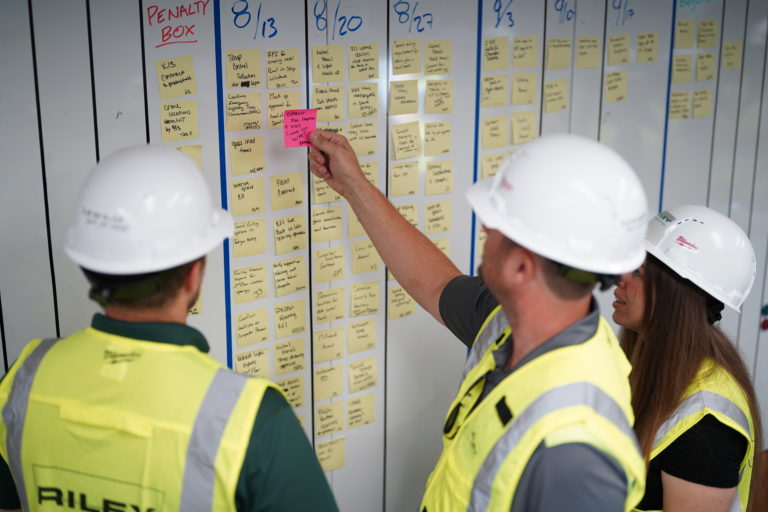
While all these experts are invested in specific aspects of the job, field leaders must take on a more holistic view of projects and collaborate with key hospital team members to identify and plan for potential challenges.
The field leader — or more commonly, the project superintendent — is designated early on as the go-to person for the length of the project, which typically can range anywhere between three months to several years. This role is crucial to a project’s success, and Riley counts on its experienced team of field leaders to handle one of the most stressful jobs in the industry.
Riley’s proprietary InSTEP process and pull planning approach are important to help field leaders determine project schedules, key milestones, and potential interruptions along the way. Involvement in the design process from the beginning is encouraged to determine construction feasibility, help establish the necessary sequencing of work, and manage identified risks with project owners. This process also provides the foundation for field leaders to develop strong relationships with design teams and healthcare facility leadership.
Comprehensive planning also means the field leader must consider the current market conditions (e.g., procurement logistics and supply chain issues) and review our needs for materials and equipment at least 20 weeks out to determine the need for alternate materials, methods, or contingency plans.
The team must also plan ahead to manage the critical utility and service interruption shutdown processes and requirements, which often vary by healthcare organization. For instance, field leaders must predict the project footprint and status up to 8 weeks in advance and determine the optimal means to manage patient flow, interim exit routes, utility/life safety system support, and the modification of workflow.
Regular communication keeps everyone in the loop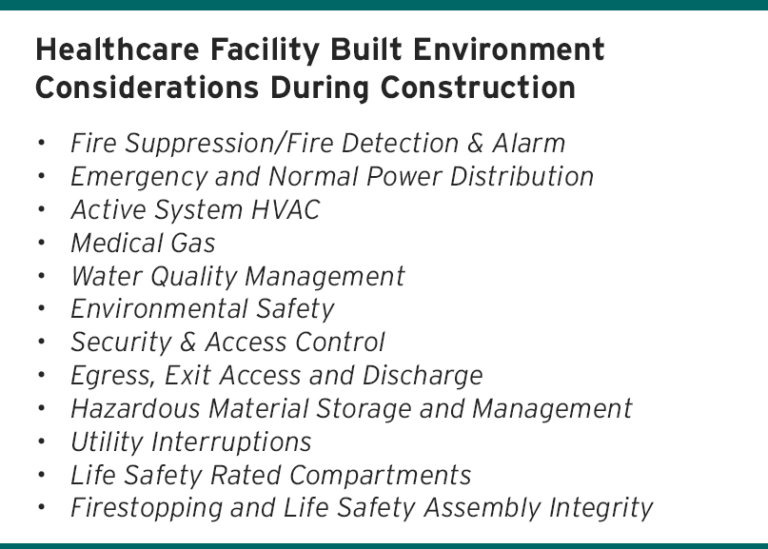
Constant communication among construction team members and owners is vital, especially when the health and well-being of patients are at stake. Riley works closely with healthcare leadership to develop a disruption mitigation plan to determine all potential areas that could be impacted as well as how to work through any issues. This communications plan involves exchange of frequent notifications in addition to a formal weekly summary of work to update the team on accomplishments, adjustments, and upcoming tasks.
Field leaders make daily rounds with department heads and staff members, during which we address any potential concerns and hold reoccurring owner meetings to discuss safety issues and utility interruptions. All meetings –whether with owners or construction teams – are tailored to the complexity of the project.
Our field leaders truly drive the communication rather than simply relay what we are doing. We believe it’s essential to convey the real impact of each accomplished task in order to quantify the influence of our work.
Anticipate and address all aspects of safety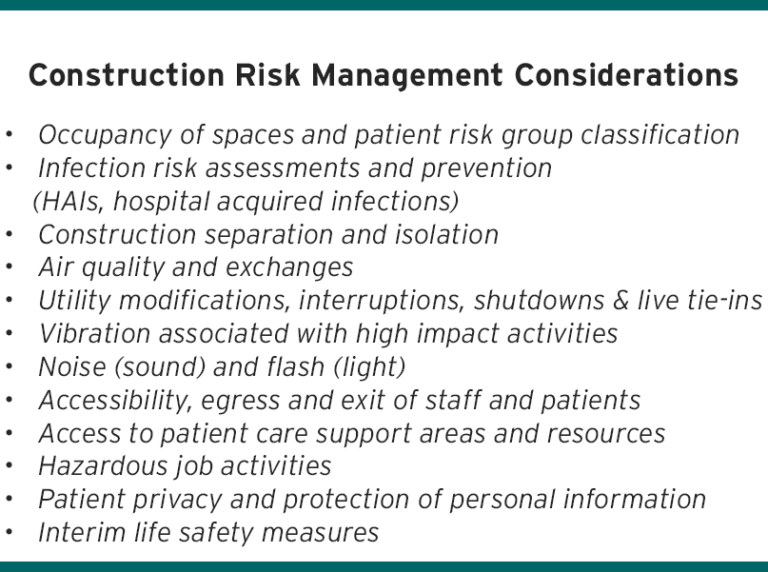
It’s important for field managers to act with urgency but also speak, lead, and delegate with composure. This behavior is key, especially when managing safety issues inside the
healthcare facility’s walls. Since the onset of the COVID-19 pandemic, there has been a heightened awareness for infection prevention, and hospitals are increasingly concerned about ensuring the crews they partner with have the right credentials to ensure patient protection.
Some ways in which we help ensure the well-being of patients, staff, and workers during construction projects include:
- Encouraging healthy habits of our own workers and monitoring crews on-site
- Creating action plans for traffic patterns and work separation
- Following robust infection control and dust mitigation practices
- Continued education and training for our personnel (e.g., WHEA, AHSE, OSHA)
- Constant awareness of the healthcare building’s physical environment (i.e., mechanical and plumbing infrastructure) to isolate the work and ensure other parts of the hospital remain operational
Together, Riley’s field leaders have decades of collective experience and share our clients’ passion for quality healthcare. We prioritize collaboration, advance planning, and constant
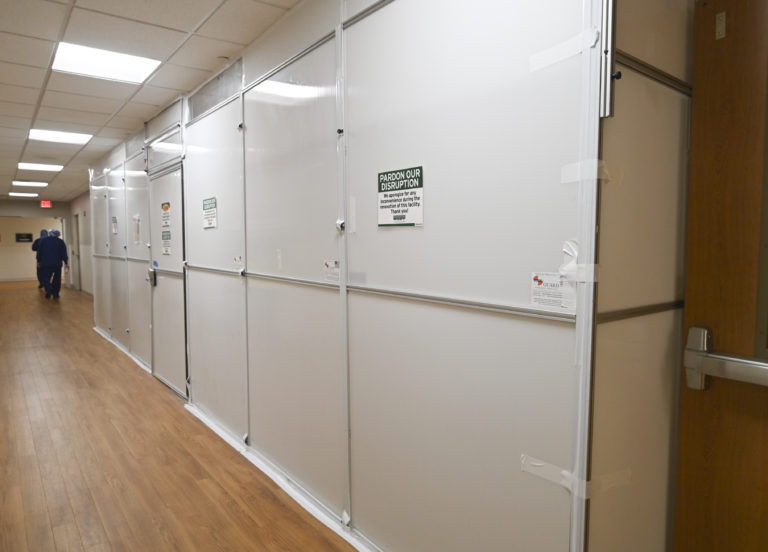
communication throughout construction projects while maintaining flexibility in the face of a rapidly changing market.
To learn more about Riley Construction’s healthcare construction work, contact Project Executive Chris Meier at chrism@rileycon.com or 262-620-3629.
